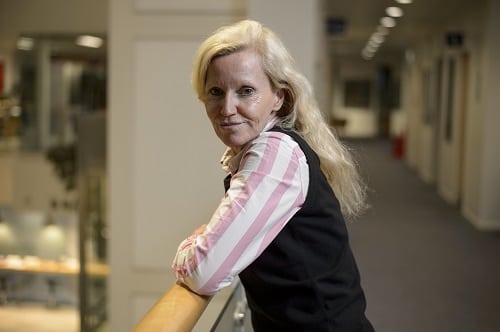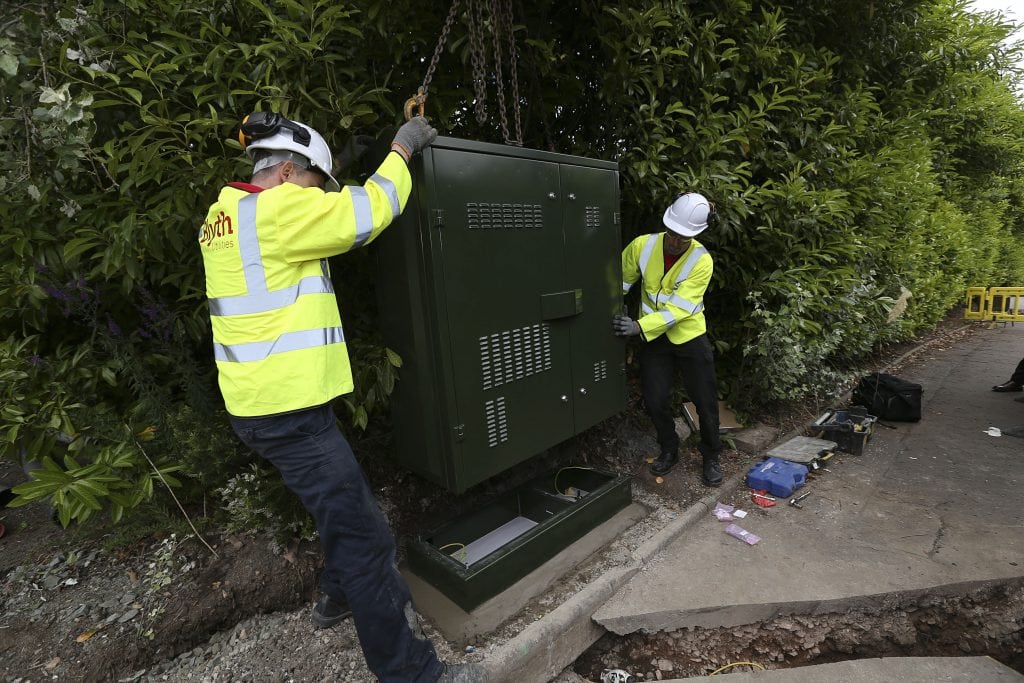Digital
Get the best from this year’s gadgets and sign up to Superfast broadband.
February 15, 2018 by Stewart Hamilton 1 Comment | Category Community Broadband Scotland, Uncategorized
Guest post by Sara Budge – Director of Digital Scotland Superfast Broadband.
More and more of our day to day lives involves some sort of gadget. Whether it’s a device that orders more bread and turns your heating up, or a drone that flies over your local park, they’ll need decent broadband to operate.
Thanks to the Digital Scotland Superfast Broadband programme this is something that is now possible for more people than ever before.
The £428M DSSB programme is not only on time and on budget, but has delivered significantly more fibre coverage at higher speeds than initially planned. When it started off, back in 2014 less than 66 per cent of Scotland had access to fibre broadband. We are now in the final stages of verifying that we have reached 95 per cent of premises having access to fibre broadband by the end of December 2017.
The programme – funded by the UK and Scottish Governments, BT Group and every Scottish local authority, as well ERDF funding – is one of the largest infrastructure projects in Europe. It set out to provide each local authority with a minimum of 75 per cent of premises having access to fibre broadband, when combined with commercial coverage where planned. The only exception was the Western Isles, where the minimum was 70 per cent, due to the scale of the challenge. These targets have been reached in every area and surpassed in the majority, including in the Western Isles.
 Each week, another village or community goes live thanks to the programme (and our hard working Openreach engineers on the ground). Some are hamlets and tiny villages, like Crailing in the Scottish Borders or coastal Catterline in Aberdeenshire with only a handful of properties. As of June this year, over 90 per cent of Scotland can now access speeds of 24Mbps+ thanks to the programme and commercial providers.
Each week, another village or community goes live thanks to the programme (and our hard working Openreach engineers on the ground). Some are hamlets and tiny villages, like Crailing in the Scottish Borders or coastal Catterline in Aberdeenshire with only a handful of properties. As of June this year, over 90 per cent of Scotland can now access speeds of 24Mbps+ thanks to the programme and commercial providers.
Interestingly, in December, Ofcom released their Connected Nations 2017 report. As well as highlighting the important role that the DSSB Programme has played in delivering improvements to rural areas, it highlighted that ‘a significant number of consumers could be benefitting from significantly faster speeds right now by upgrading their service’.
Superfast broadband is available to more and more people right across Scotland – but in order to benefit, they need to sign up with a service provider. Depending on your requirements, there are a vast array of different deals available to suit your needs and your budget. Often it can be roughly the same price as your current deal – or cheaper if you are a canny shopper.
And once people are signed up to a service provider of their choice, it makes the practical things possible. They can Skype loved ones or download that box set with ease. It makes working from home a reality and increasing business realistic. Several members of the family can all use their gadgets at the same time, although I can’t guarantee there’ll be no bickering.
Inevitably, there are areas that our programme hasn’t yet managed to reach. To reach the final few per cent not able to connect to fibre yet, the Scottish Government has recently launched a procurement to ensure that 100 per cent of Scotland will have superfast broadband by 2021. There is also a voucher scheme, The Better Broadband Scheme, to help make satellite broadband available.
In the meantime, make sure you use your gadgets and gizmos and sign up to superfast broadband!
Tags: broadband, scotland, superfast

“Superfast broadband is available to more and more people right across Scotland – but in order to benefit, they need to sign up with a service provider.”
“Availability” is one part of the process, but is of little value in isolation. For some, the means and financial capacity to sign up and actually “receive” simply isn’t there. Landline rental and contracts, coupled with many ISP’s desire to cross sell other services can be an insurmountable financial barrier.
Much is made of “digital inclusion” – Local and central governments and social landlords want people to be “on line” and offer training and support – again, again of little value for those unable to “receive”
Digitally enabled social housing delivered wirelessly by the Local Authority / social landlord, free of charge to tenants is a cost effective, readily available solution, largely ignored by policy makers.